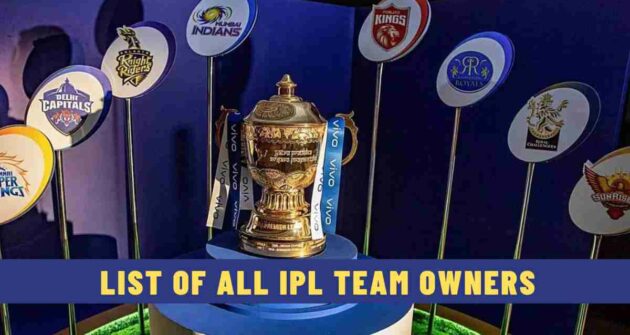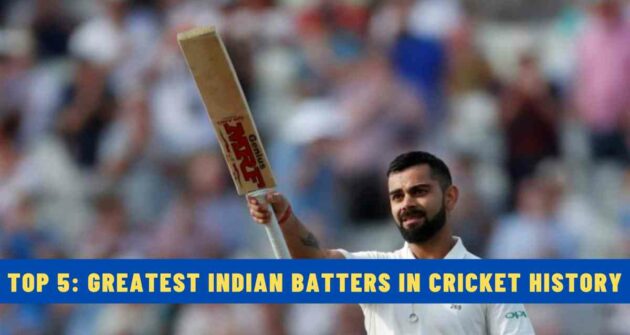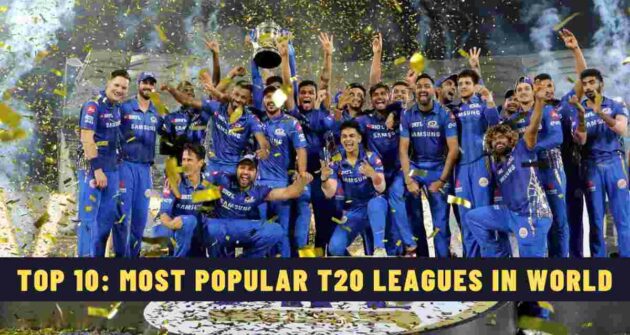In the colourful tapestry of cricketing history, few teams have left as indelible a mark as the West Indies cricket team. Emerging from the sun-drenched shores and vibrant cultures of the Caribbean islands, they ascended to the zenith of the cricketing world with a blend of talent, resilience, and a fierce sense of identity. From the late 1970s through the early 1990s, the West Indies reigned supreme, casting an imposing shadow over their opponents with a brand of cricket that was as exhilarating as it was formidable. This article embarks on a journey through the annals of time, exploring the meteoric rise of the West Indies cricket team and the legacy they etched upon the hallowed grounds of cricketing lore.
Table of Contents
A Historical Perspective:
To truly grasp the ascendancy of West Indies cricket, one must first navigate the corridors of history back to the colonial era. Cricket was bequeathed to the Caribbean islands by British colonizers, intertwining itself with the very fabric of society. Despite enduring the shackles of discrimination and limited opportunities, Caribbean cricketers honed their craft in local leagues and competitions, laying the foundation for what was to come.
The Emergence of a Cricketing Juggernaut:
The dawn of the 1970s witnessed the emergence of a generation of cricketing demigods, led by luminaries such as Sir Vivian Richards, Clive Lloyd, Michael Holding, and Malcolm Marshall. Under the sagacious stewardship of Clive Lloyd, the West Indies team underwent a metamorphosis, melding individual brilliance into a cohesive unit. Their cricket was a spectacle to behold, characterized by audacious stroke play, menacing fast bowling, and electrifying fielding—a symphony of skill and strategy that captivated audiences around the globe.
Dominance on the Field:
In their heyday, the West Indies cricket team was a juggernaut, an unstoppable force that swept aside all who dared to challenge their supremacy. They exuded an aura of invincibility, their presence on the field akin to an impending storm, ominous and relentless. The likes of Joel Garner, Andy Roberts, and Colin Croft spearheaded a fearsome pace battery that struck fear into the hearts of batsmen worldwide, while the batting prowess of Vivian Richards and Gordon Greenidge left bowling attacks in tatters.
Cultural Significance:
Yet, the legacy of the West Indies cricket team extended far beyond mere victories on the cricket field. In a region rife with socio-economic challenges and political turmoil, cricket served as a beacon of hope and unity, transcending the barriers of race and class. The success of the cricket team became a source of pride and identity for Caribbean people, instilling a sense of belief in their ability to overcome adversity and defy the odds.
West Indies Cricket Era-wise performances:
West Indies Cricket Team in the 1960s:
The 1960s were a pivotal period for West Indies cricket, marked by significant strides in performance and international recognition. Led by inspirational figures like Frank Worrell and Garfield Sobers, the West Indies team began to assert itself as a formidable force in world cricket. Players such as Rohan Kanhai, Conrad Hunte, and Wes Hall emerged as key contributors, showcasing their talent and skill on the field.
One of the most memorable moments of this era came in 1960-61 when West Indies achieved their first-ever Test series victory against Australia on Australian soil. This historic triumph signaled the team’s growing stature in the cricketing world and laid the foundation for future success. Throughout the decade, West Indies continued to demonstrate their competitiveness, earning respect and admiration from fans and opponents alike.
West Indies Cricket Team in the 1970s:
The 1970s marked the beginning of West Indies’ golden era in cricket, as the team rose to unprecedented heights of dominance and success. Under the dynamic leadership of Clive Lloyd, West Indies emerged as the undisputed powerhouse of world cricket. With a formidable lineup boasting legends like Vivian Richards, Gordon Greenidge, and Michael Holding, the team struck fear into the hearts of opponents with their aggressive and fearless style of play.
One of the crowning achievements of this era was West Indies’ triumph in the inaugural ICC Cricket World Cup in 1975. Led by Lloyd’s inspirational captaincy, the team showcased their talent and skill on the global stage, laying the groundwork for future success. Throughout the decade, West Indies continued to dominate Test cricket, cementing their status as one of the greatest teams in the history of the sport.
West Indies Cricket Team in the 1980s:
The 1980s marked the zenith of West Indies cricket dominance, earning them the reputation as the most feared team in the cricketing world. Led by the charismatic Clive Lloyd, the team boasted an unparalleled lineup of talent. With the likes of Viv Richards, Gordon Greenidge, and Desmond Haynes anchoring the batting order, the West Indies were a formidable force with the willow. However, it was their unparalleled pace bowling attack that truly set them apart. Spearheaded by the fearsome quartet of Malcolm Marshall, Michael Holding, Joel Garner, and Andy Roberts, their bowlers struck fear into the hearts of batsmen worldwide. This era was characterized by relentless aggression, both on and off the field, as the West Indies dominated Test cricket with an iron fist. Under Lloyd’s astute leadership, they clinched major victories and series triumphs, establishing themselves as cricketing legends.
West Indies Cricket Team in the 1990s:
The 1990s marked a transitional phase for the West Indies cricket team as they grappled with the retirement of some of their greatest players from the previous era. Despite this, the team remained competitive, thanks in large part to the emergence of new talents like Brian Lara and Shivnarine Chanderpaul. While the bowling attack continued to be formidable with stalwarts like Curtly Ambrose and Courtney Walsh leading the charge, the batting lineup relied heavily on Lara’s brilliance. His record-breaking performances, including the iconic 375 against England, solidified his status as one of the greatest batsmen of all time. However, the team faced challenges in maintaining its dominance, particularly in Test cricket, where they struggled against strong opponents. Nevertheless, they managed to produce some memorable victories and individual performances, showcasing the resilience and talent that defined West Indies cricket during this era.
West Indies Cricket Team in the 2000s:
The 2000s marked a period of decline and transition for the West Indies cricket team, as they struggled to maintain the dominance they had exhibited in previous decades. The team faced significant challenges, both on and off the field, which led to a decline in their performance and stature in international cricket.
One of the major challenges faced by the West Indies during this era was the loss of several key players to retirement. Legends like Brian Lara, Curtly Ambrose, and Courtney Walsh bid farewell to the game, leaving behind a void that was difficult to fill. Additionally, the team grappled with issues such as internal conflicts, management disputes, and a lack of cohesion, which further hindered their progress.
On the field, the West Indies struggled to compete consistently against top-tier teams, particularly in Test cricket. Their bowling attack, once feared around the world, lacked the same potency and depth, while the batting lineup failed to produce consistent performances. While there were occasional moments of brilliance, including victories in the ICC T20 World Cups in 2012 and 2016, they were unable to sustain success over an extended period.
Despite the challenges, the West Indies continued to produce talented cricketers, including Chris Gayle, Shivnarine Chanderpaul, and Darren Sammy, who made valuable contributions to the team. However, the overall decline in performance during the 2000s marked a stark contrast to the glory days of the past, leaving fans longing for a return to former greatness.
Read Next | History of Indian Cricket Over the Years











